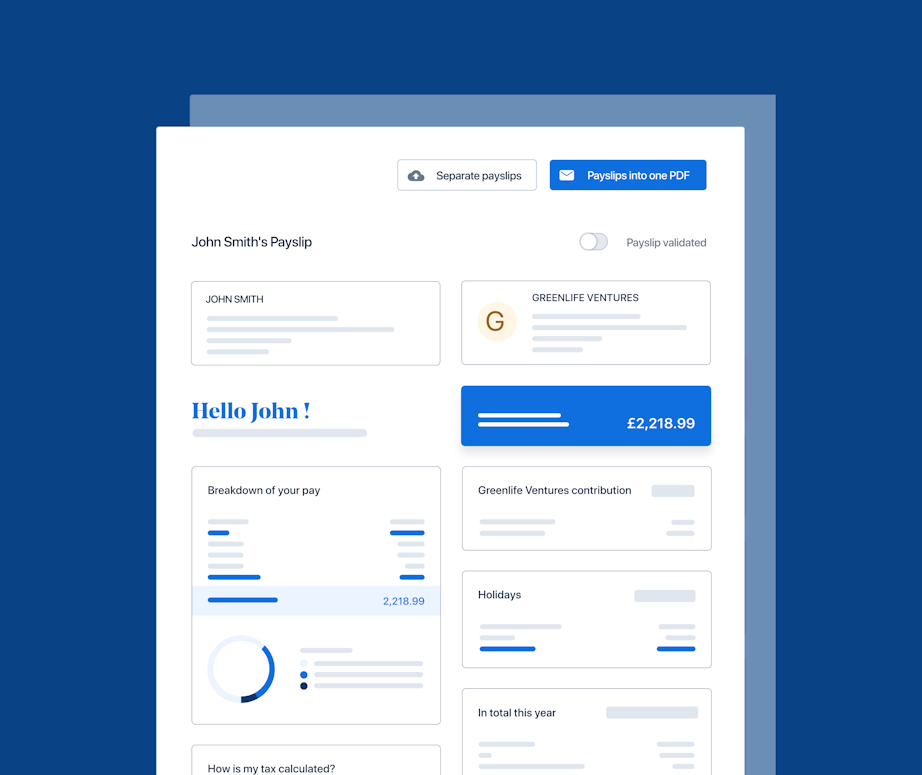- Blog
- |People management
- >Employment law
- >New paternity leave rules 2024
Changes to Paternity Leave in 2024: What UK Employers Need to Know

From the 6th and 7th of April 2024, paternity leave will be changing in the UK.
This revision in legislation comes down to shifting attitudes towards fathers and working partners in the workplace; policymakers have recognised the need for better work-life balance and gender equality.
While these changes were first announced back in June 2023, when the government published its original consultation response on the subject, draft legislation only followed a few months later.
The Paternity Leave (Amendment) Regulations 2024 include a handful of new changes, which we’ll outline in this blog.
Legislation bytes ⚖️
The date this law applies from is the 7th of April for births & surrogacy and the 6th of April for adoption & adoption-overseas births.
What are the changes to statutory paternity leave for 2024?
The new law around paternity leave includes four main changes:
Can you split two weeks of paternity leave?
With the new rules in place, working partners have more flexibility around how they can take their leave. Instead of taking their leave in two consecutive weeks, expecting partners can now separate their leave into two one-week blocks.
When can new dads take this leave?
Working fathers and partners can take this leave any time in the 52 weeks right after the birth or adoption of their new child.
How much notice do employees need to give?
Before, new parents had to give 15 weeks' notice before the baby’s due date or the expected date of adoption. This still stands; however, employees only need to give 28 days’ notice (or four weeks) when scheduling their leave dates.
Can expectant fathers request changes to this leave?
In short, yes. Employees now have the right to change any dates they’ve requested for their leave as long as they can give you, the employer, 28 days' notice. This is a change from only being able to amend the start date of the leave.
What isn’t changing?
The purpose of the leave remains the same - an employee must only use this type of leave to care for their child or support their partner. A new parent wouldn’t be able to take paternity leave, for example, to go on holiday (without their new baby).
On the employer side, companies don’t have a right to postpone requested paternity leave or ask for it to be taken at a different time. As the parent has no control over the timing of due or adoption dates, they have a right to this leave when it's requested.
If an employee has already taken shared parental leave (SPL), statutory paternity leave remains unavailable. So, it’s important to encourage your employees to use up their paternity leave before they take their SPL.
Finally, SPL still needs to be taken in whole weeks and not broken up into smaller chunks.
What should UK employers keep in mind?
If you’re an employer, then it’s important to note that the new paternity leave legislation affects parents who have childbirth or adoption needs as of the 6th of April. That means the regulations will have an impact on parents who are expecting in the run-up to this date. That doesn’t leave much time for employers to get up to speed on all these changes.
At the same time that these regulations come into play, businesses will also have new rules around flexible working rights and carer’s leave to contend with, as well as the redundancy protection extension.
What other rules are there for Paternity Leave in the UK?
Employees who’ve been employed continuously at your company for 26 weeks or longer are entitled to paternity leave. The entitlement can be taken as 1 or 2 weeks and can start at earliest on the date the child is born or adopted.
You get the same amount of leave even if you have more than one child (for instance, in the case of twins).
Is paternity leave 10 or 14 working days?
In deciding how much leave they want to take, fathers partners can choose to take either one or two week’s leave. Whichever option they decide to go with, employees need to take that leave all in one go.
Does the two weeks of paternity leave include bank holidays?
From a legal standpoint, you can't pay holiday pay at the same time as statutory leave, so the answer would be no here.
To learn more about the new laws and regulations surrounding this type of leave, you can read our guide to paternity leave for employers.









